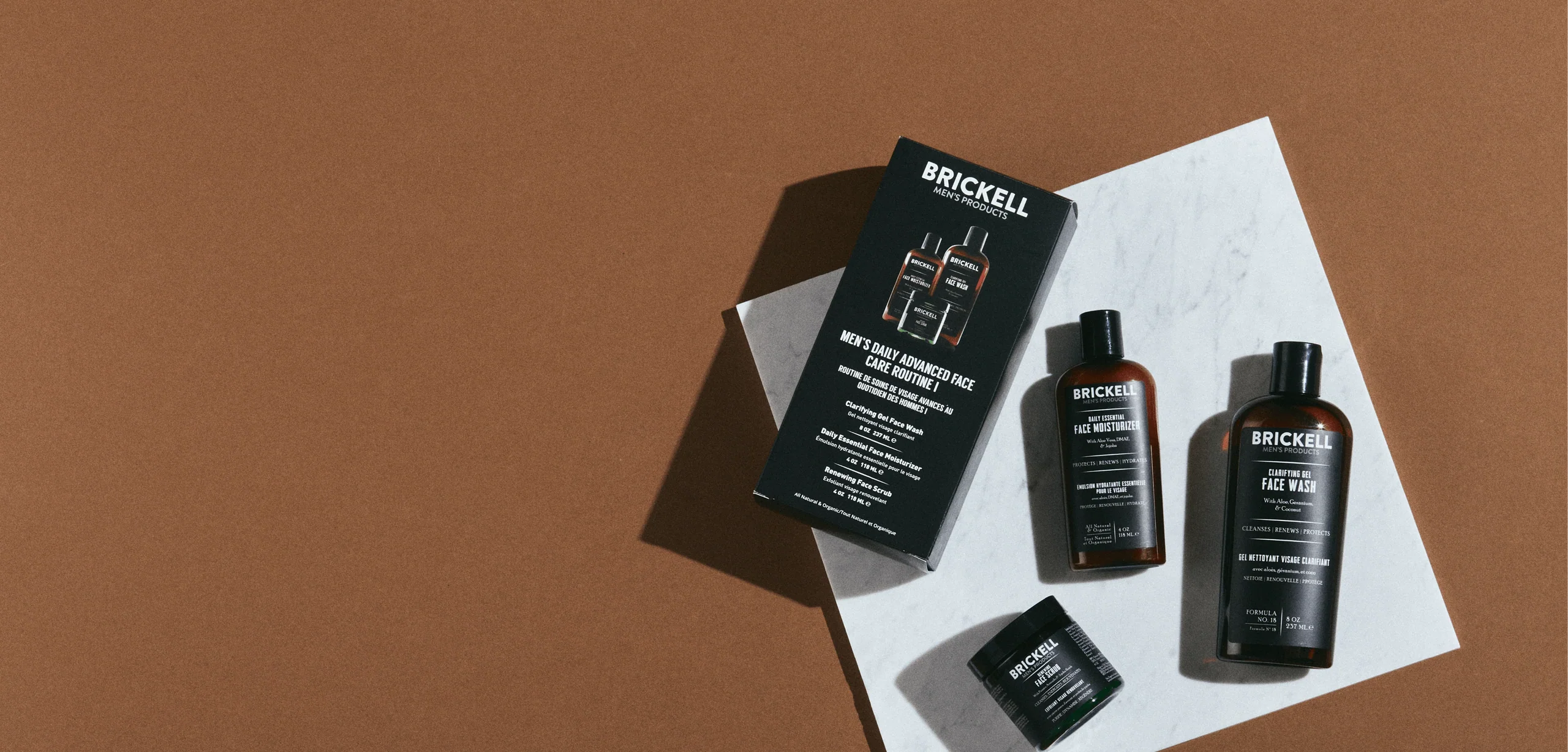The Grooming Manual
Acne Vs. Pimples Vs. Zits - What Are They and What’s the Difference?

Acne. Pimples. Zits.
Whiteheads. Blackheads. Pustules.
None of these words are fun. But if you’re a human, most likely you’ve dealt with some form of acne during your life. And if not, congratulations, apparently you have perfect skin.
Some confusion can occur with all the different words used to describe acne breakouts. What’s the difference between acne vs. pimples vs. zits and other common terms? And what’s the best way to treat them?
What Is Acne?
Acne is a common skin condition caused by clogged hair follicles. Your skin’s natural oil - called sebum - is secreted by sebaceous glands attached to your hair follicles and exits the skin through the pores. Pretty simple.
But the process gets disrupted and acne occurs when the pores are clogged. How does that happen?
Your pores get clogged up by a combination of dead skin cells, oil, hair, and keratinocytes (another type of skin cell). This creates a perfect environment for bacteria to grow beneath the skin’s surface and cause redness, irritation, inflammation, and pain - acne.
What Are Pimples?
Pimple is a common term for the visible symptoms of acne, most often papules and postules.
Papules are small, pink blemishes that may be sensitive to touch and appear as raised bumps on the surface of the skin.
Pustules are lesions with red bases and raised yellow or white tips that are filled with pus.
Other common forms of acne that are sometimes called pimples are whiteheads (hair follicles that get plugged up and form a white bump) and blackheads (plugged hair follicles that open up and get exposed to air).
What Are Zits?
Zits are the same as pimples. The words are interchangeable. They both describe the visible symptoms of the skin condition acne.
So why two words? Where did they come from?
The English word “pimple” has been traced all the way back to the late 14th century; it’s nothing new.
But “zit” is a far more recent addition to the English language. It first came into common use during the 1960’s as a slang word used by teenagers for pimples and other acne blemishes. Etymologists have tried to trace the word’s origin but so far it’s still a mystery.
How to Treat Pimples and Zits
Since pimples and zits are the same thing, the treatment is identical.
Wash twice daily.
Use a mild acne face wash twice daily to remove bacteria, dirt, oil and other debris that can clog your pores and lead to acne breakouts. Our Acne Controlling Face Wash does this with gentle ingredients proven to work against pimples and zits - including 2% salicylic acid, grapefruit, and tea tree oil.
Use acne fighting moisturizer.
After you wash your face, follow up with a soothing face moisturizer that also contains ingredients that effectively reduce your chance of developing further blemishes. Our Acne Controlling Face Moisturizer Treatment combines powerful moisturizing ingredients with willow bark extract, tea tree oil, and 2% salicylic acid.
Spot treat pimples and zits.
Acne spot treatments are concentrated products that should be used on individual blemishes, not your entire face. They can have a drying effect on the skin, so they need to be used sparingly only when you have a visible breakout. Our Acne Controlling Spot Treatment is powerful enough to quickly eliminate pimples and zits without being too harsh or drying thanks to its advanced, natural formula.

